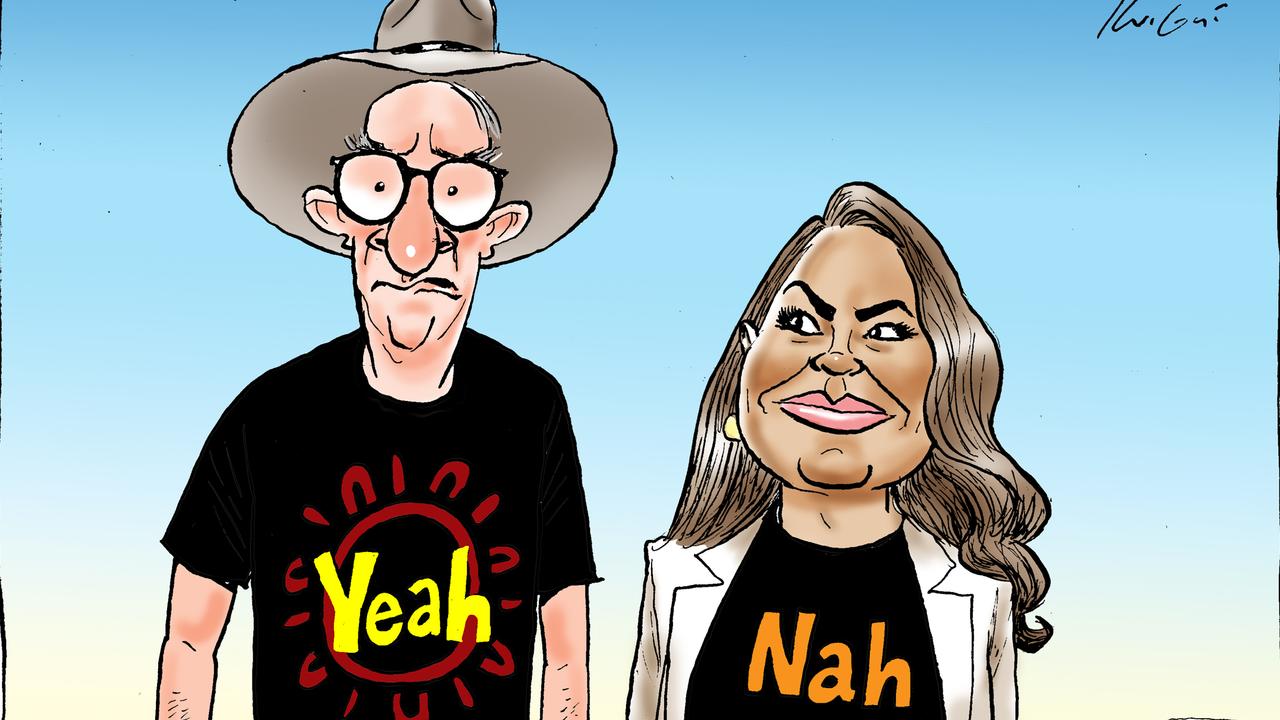Understanding the Uluru Statement from the Heart
PART 3: Ahead of the Voice to Parliament referendum, we take a closer look at the Uluru Statement from the Heart, its background and its purpose
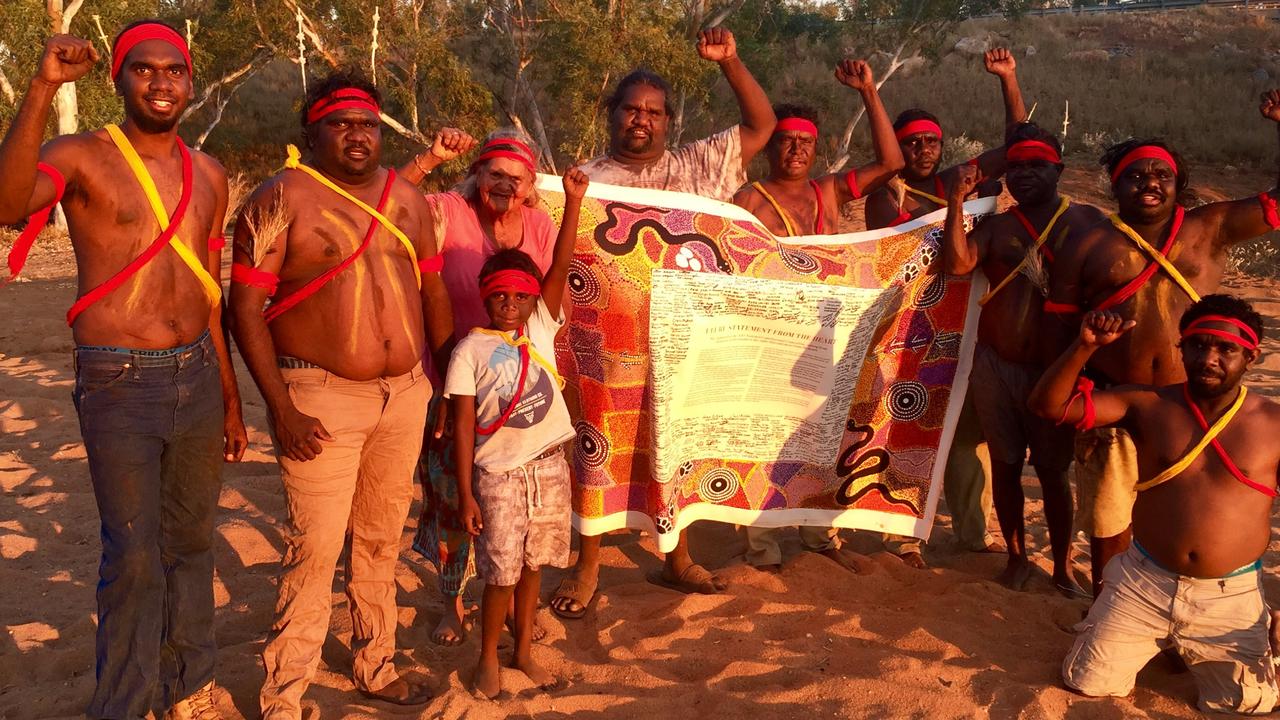
READING LEVEL: RED
Voice. Treaty*. Truth. If you’ve been hearing these three words lately, it’s because they form the basis of the Uluru Statement from the Heart and are the reason we are having a referendum.
Today in Part 3 of our Voice explainers, we take a closer look at the statement, its background, and purpose.
WHAT IS THE STATEMENT?
It’s a 439-word statement, supported by a 26-page background document, created at a groundbreaking* 2017 summit at Uluru, involving 250 Aboriginal and Torres Strait Islander delegates*.
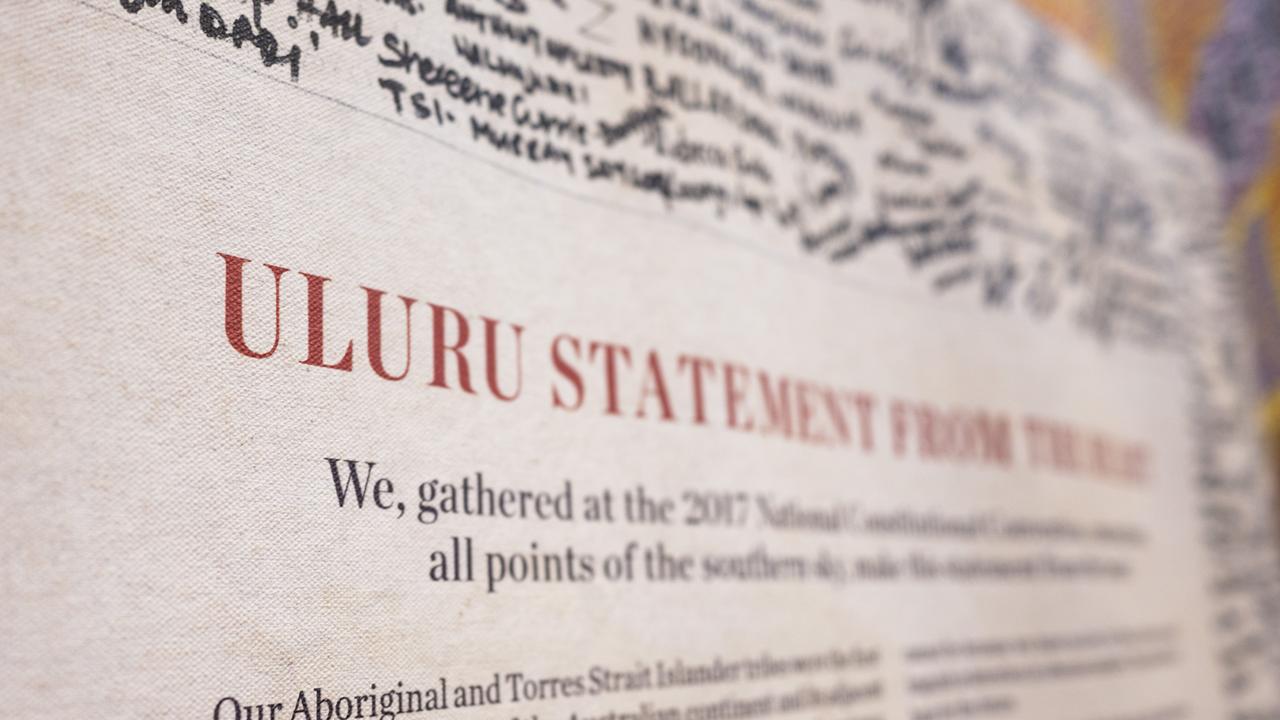
It has been hailed* by those who signed it as a road map for all Australians to work together on the changes Indigenous people would like to see for a better future.
There has been debate about whether the complete Uluru Statement from the Heart is one page or longer. The National Indigenous Australians Agency responded and stated it is the one page signed by delegates at the national convention in 2017. The authors of the Uluru Statement from the Heart confirmed this. The NIAA says additional pages contained in document 14 of the Freedom of Information request 2223/016 are background and excerpts* drawn from the regional discussions.
WHO WAS BEHIND THE STATEMENT?
Indigenous delegates from every corner of the nation met at Uluru after lots of consultation with their local communities. One of those chosen to represent their community was Rachel Perkins, an Alice Springs filmmaker.
“I felt the statement was a great moment of unity for Aboriginal people,” Ms Perkins said. “It’s full of hope.”
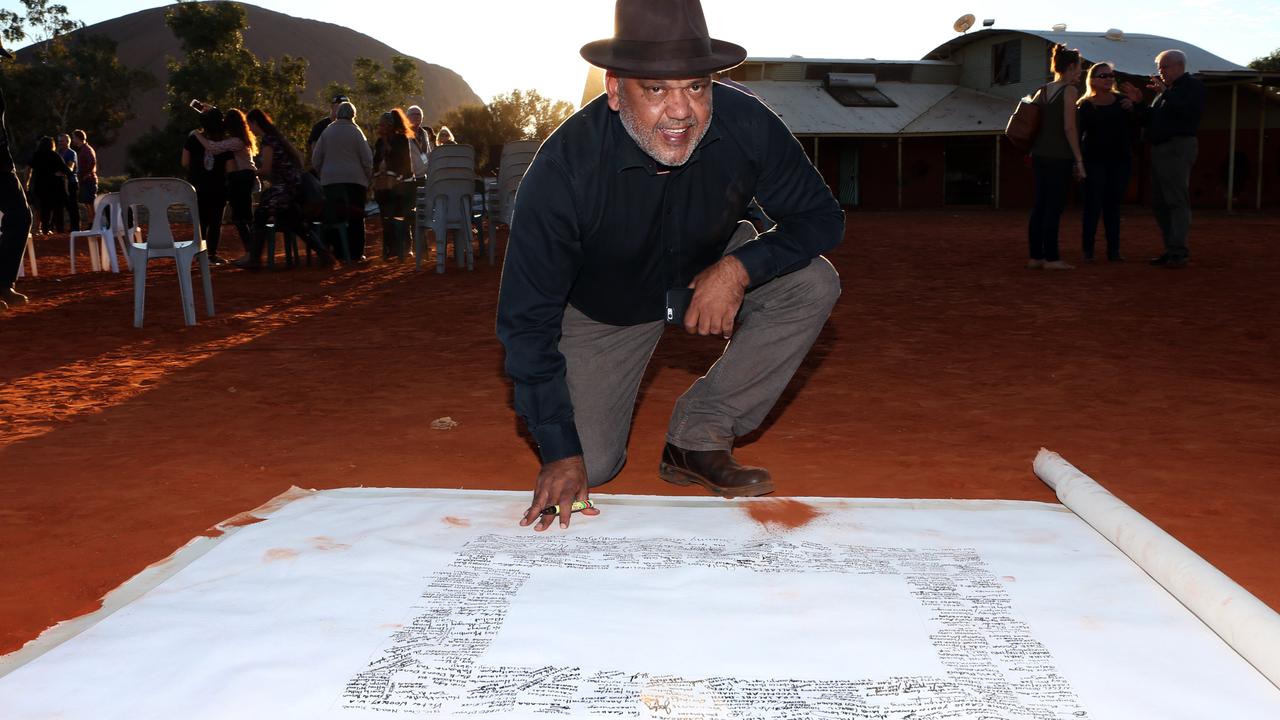
WHAT IS THE PURPOSE OF THE STATEMENT?
Its aim is to outline constitutional reforms* to give First Nations people a greater say and authority over the decisions that impact them. Supporters say it is about empowering and improving the lives of First Nations people, through the principles of justice and self-determination*.
Ms Perkins said it was an “invitation from the people of my community to other Australians to recognise our history and to walk with us”.

WHAT CHANGES DOES THE STATEMENT CALL FOR?
The three proposed reforms are Voice, Treaty, Truth.
Voice: The first reform calls for Indigenous people to be recognised in the Constitution* as being the first people in Australia and for a Voice to Parliament to be set up so they have a say in decisions that impact them. This is what Australians will be asked to vote Yes or No for in the upcoming referendum. The reason First Nations people want to change the Constitution is so the Voice cannot be axed by later governments, like previous Aboriginal bodies that have been set up.
WHAT IS THE MAKARRATA COMMISSION?
The Labor government has committed to taking steps to implement all three elements of the Uluru Statement, with the Albanese Government giving $5.8 million in the October budget “to commence work on establishing an independent Makarrata Commission, which will oversee processes for agreement making and truth telling”.
Indigenous Australians Minister Linda Burney has said details of the proposed commission and how it will introduce reforms on Treaty and Truth, will not be heard until after the Voice referendum.
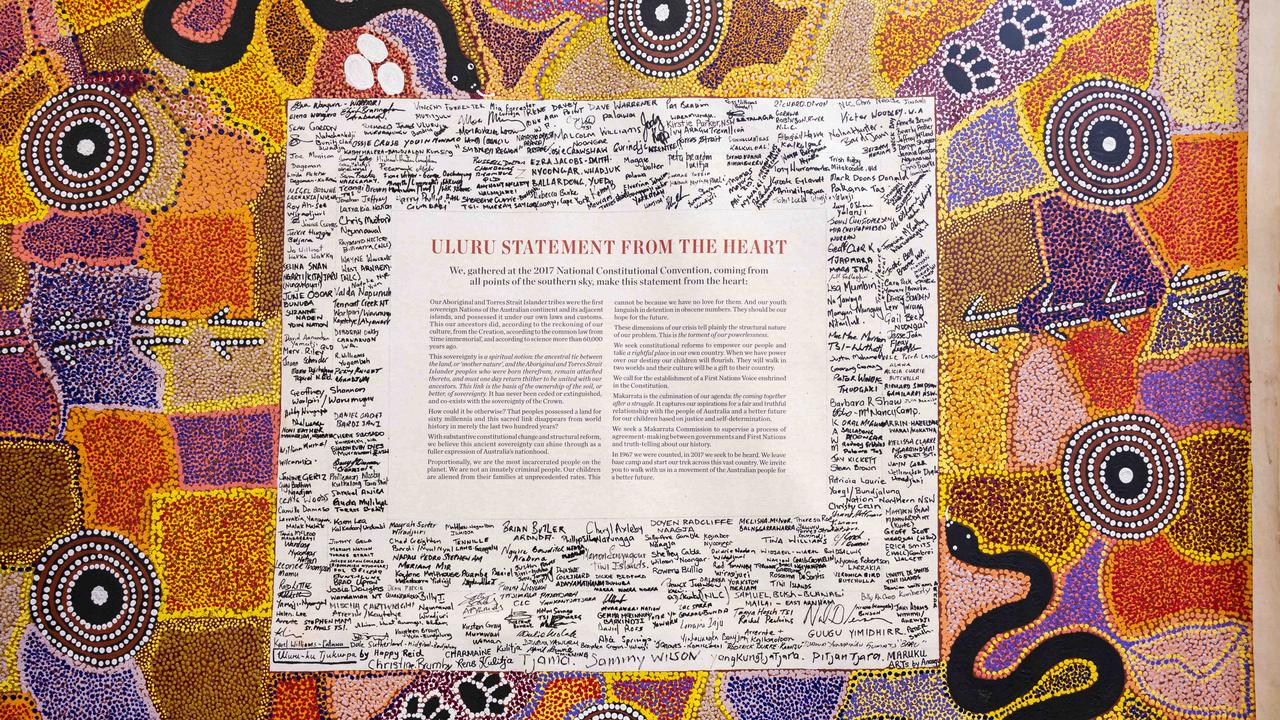
Treaty: Ms Burney said the purpose of a commission is to strike agreements between Aboriginal and Torres Strait Islander peoples and Government at a national and regional level.
The agreements will be about recording the history of Indigenous peoples and preserving their culture, empowering Indigenous peoples to take responsibility for their communities and creating commercial opportunities for Indigenous people.
An Australian Parliament House guide describes Makarrata as a “final and complete settlement of historical grievances*”.
Truth: This is the third reform. Truth telling aims to allow the full extent of past injustices* experienced by First Nations people to be uncovered and revealed. The purpose of the process is to help all Australians understand our history and assist in moving forwards towards genuine reconciliation*.
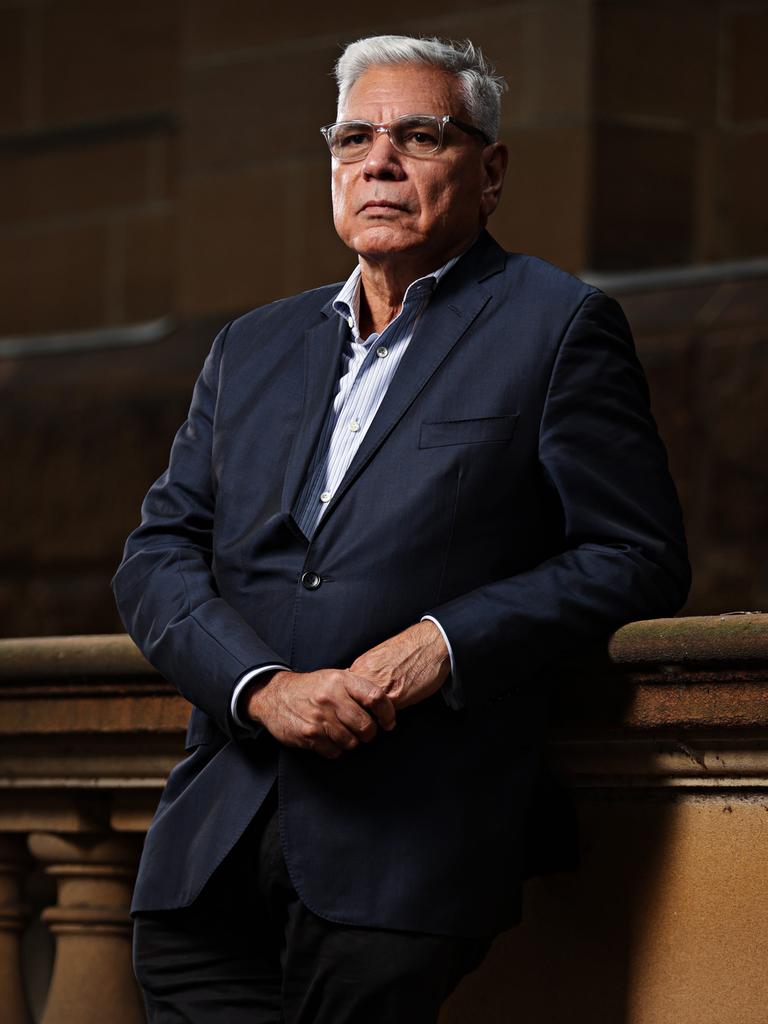
DO ALL INDIGENOUS PEOPLE SUPPORT THE STATEMENT?
About 20 per cent of Indigenous Australians plan to vote No in the referendum, according to recent polls.
No campaigner Nyunggai Warren Mundine, said the Statement is a “political ploy* to grab power, not just from the Australian nation but also from traditional owners themselves”.
He said the Statement and the Voice would divide Australia.
Indigenous Senator Jacinta Price agreed. She believes the Voice will undermine the last 122 years of work to bring Australians closer together.
Independent Senator Lidia Thorpe, who is also a No campaigner, said the Voice was just “window-dressing for constitutional recognition” and she would continue to fight for treaty.
Please note this is an explainer series - curriculum-aligned classroom activities written by our teachers appear below; there is no separate workbook as in a Kids News Education Kit.
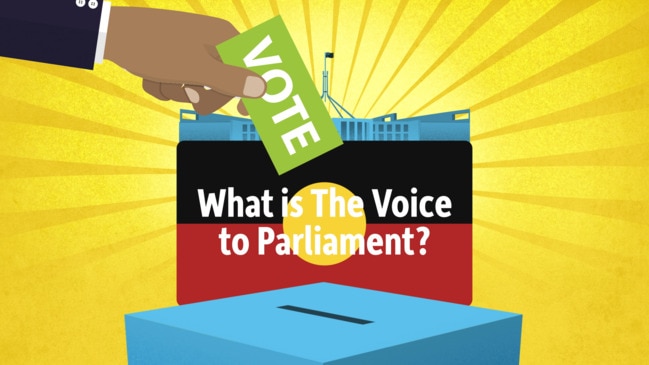
POLL
GLOSSARY
- treaty: a formal agreement or settlement
- groundbreaking: very new and a big change from other things of its type
- delegates: a person sent to represent others
- hailed: to publicly show approval
- excerpts: a short passage from a book, film, poem etc
- constitutional reforms: changes relating to the constitution of a particular country or organisation
- self-determination: the right to ensure that Indigenous communities are able to meet their social, cultural and economic needs
- constitutional: a set of rules for governing a country
- grievances: complaints
- injustices: things that lack fairness or justice
- reconciliation: the strengthening of relationships between Aboriginal and Torres Strait Islander peoples and non-Indigenous peoples, for the benefit of all Australians
- ploy: a cunning move designed to turn the advantage to your own situation
- sovereignty: rights stemming from spiritual and historical connections to land
EXTRA READING
What is the Voice referendum?
Indigenous Australians’ history and culture
Voice to Parliament question announced
QUICK QUIZ
1. Where was the Uluru Statement from the Heart created and who created it?
2. What is the aim of the Statement?
3. Name the three reforms included in the Statement and what they mean.
4. What does Makarrata mean?
5. Why doesn’t No campaigner Warren Mundine support the Statement?
LISTEN TO THIS STORY
CLASSROOM ACTIVITIES
1. Voice. Treaty. Truth
Design and create a poster advertising these three important words in relation to the upcoming referendum question for an indigenous voice in parliament.
Your poster design should be catchy, creative and give one-sentence explanations of what these three words represent as summarised in the Kids News article.
You might want to display your posters around your classroom.
Time: allow 30 minutes to complete this activity
Curriculum Links: English, History, Visual Art, Personal and social, Critical and creative thinking.
2. Extension
After all your reading of Kids News’ the Voice explainers, what possible reasons might people have to vote ‘No’ in the referendum? Write some reasons below;
—
—
—
—
Time: allow 15 minutes to complete this activity
Curriculum Links: English, History, Personal and social, Critical and creative thinking.
VCOP ACTIVITY
1. Up-level it
Scan through the article and see if you can locate three words that you consider to be basic, or low level. These are words we use all the time and that can be replaced by more sophisticated words. Words like “good” and “said” are examples of overused words.
Once you have found them, see if you can up-level them. Think of synonyms you could use instead of these basic words, but make sure they still fit into the context of the article.
Re-read the article with your new words. Did it improve it? Why/why not?

